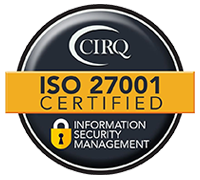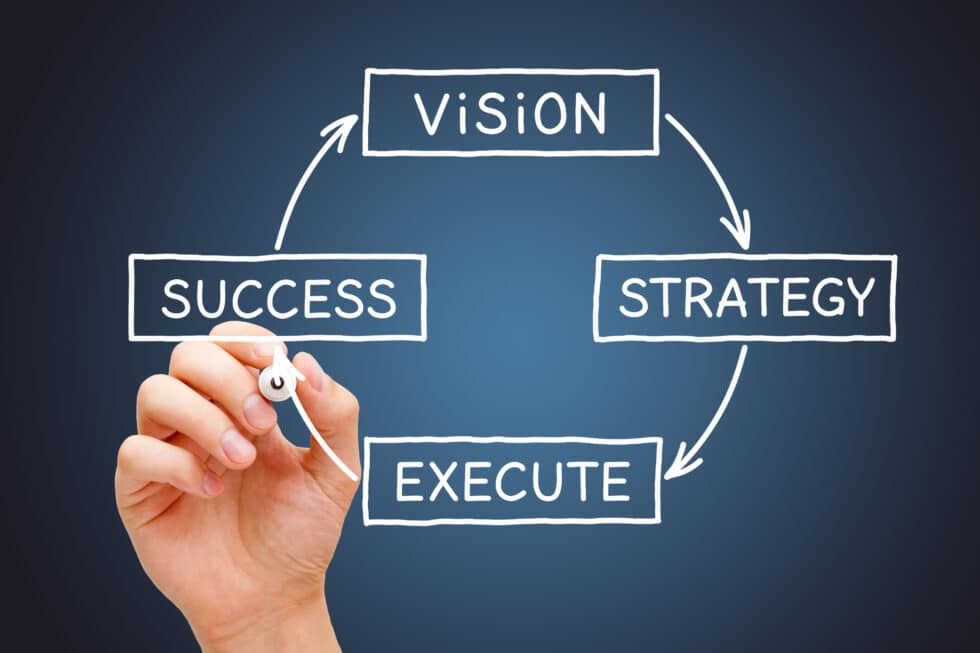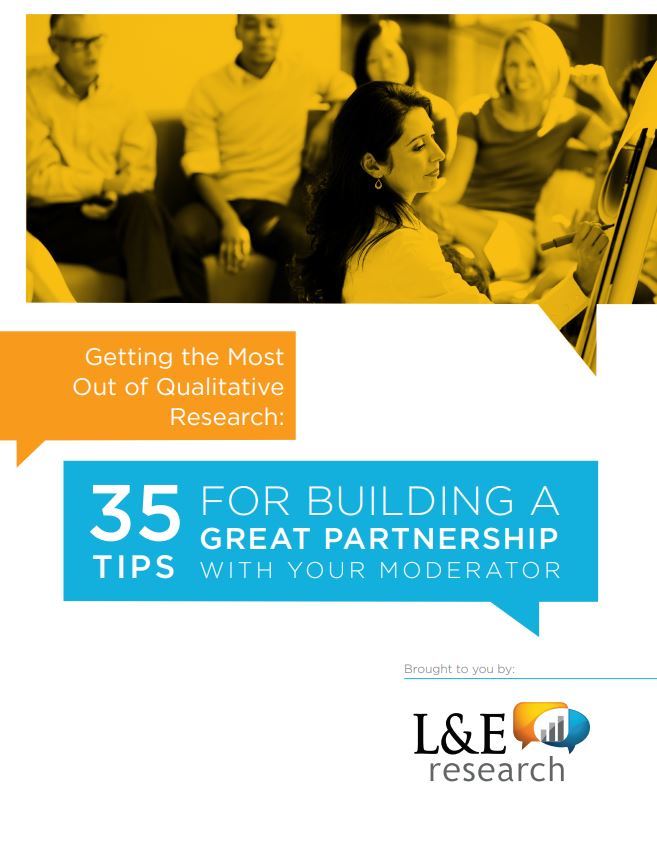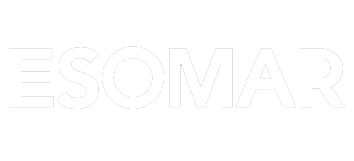Recipe for the perfect qual panel: Step 2
Recipe for the perfect qual panel
Step Two: Project Management
Now that you know how to build solid foundations through a successful planning phase, the next step in recruiting the perfect qual panel is project management. The main ingredient at this stage is a good Project Manager! They are trained professionals who can directly manage participants and their engagement, ensuring the success of a project even when participants are falling behind.
So, how can you ensure your project is managed successfully? Here are some tips:
The Kickoff Meeting
Start by scheduling a kickoff meeting. In this meeting, you should cover all the project details: an in-depth screener review including recruitment quotas, recruiting timelines, homework activities, technologies used, and many other variables that may apply to the project. This is a key step to ensure that everyone is on the same page and that the project is set up for success.
Your Team
On top of the Project Manager, as your single point of contact, each project should always have a team of dedicated recruiters that will work on your project until recruitment has been completed. The benefit of this is consistency – if the same team is involved from the beginning, they will understand the nuances of the project and how to best recruit for it. As the relationship develops, your assigned team will be able to anticipate project needs and streamline processes based on their experience with past research, especially when target audiences or research methodologies across studies are similar.
Quality Check
In a well-managed project, each day, all newly secured recruits are scrutinized by the project manager to ensure that they not only meet screening criteria, but that they also meet the quota distribution requested. During their daily review, the Project Manager evaluates other project variables, such as the remaining volume of pre-screened sample, marketing budget amounts, and recruiting hours allocated to verify that the project is still on track.
Be In The Loop
A key role for the project manager is to keep the client in the loop with regular updates on the progress, timelines, and addressing any potential challenges that may arise. At L&E we also offer access to a client portal where you can monitor, track, and share the status of recruitment at any time. New recruits are updated in real time, so you can have the most up to date information.
Having an expert Project Manager and a good recruitment team in place can make a real difference on the outcome of your work. Make sure that you find a trusted partner who’s an expert, organized, spends time briefing the team on what they need to know, and keeps an open line of communication to have a good understanding of progress, timings, and potential challenges.

